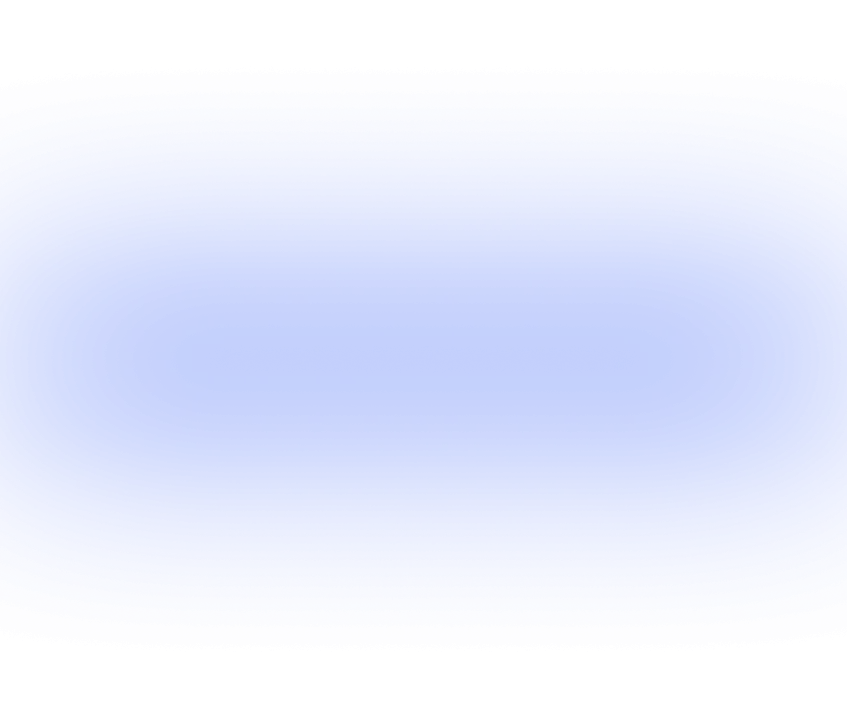When it comes to trading, different order types are available to suit different trading styles and needs. Understanding and utilising these order types can help traders effectively manage their positions and achieve their trading goals. Let's explore the most common order types offered by brokers:
Market Orders:
A market order is the most commonly used order type. It is executed at the best available price in the market at the time the order is placed. Market orders are typically used when traders want to immediately open or close a position without chasing the market. However, it's important to note that market orders are subject to price fluctuations, meaning the value of the position can change if the rate moves against the trader after the order is placed.
Limit Orders:
Limit orders allow traders to buy or sell a currency pair at a designated price or better. Buy limit orders are placed below the current market price, while sell limit orders are placed above it. These orders help traders set specific entry or exit points and can be useful for avoiding missed opportunities. It's important to remember that a limit order does not guarantee a fill at the specified price, as the market may not reach that level.
Take Profit Orders:
Take profit orders are used to automatically close open positions when the exchange rate reaches a specified threshold. This order type helps traders lock in profits without constantly monitoring their positions. For example, if a trader is long on USD/JPY at 109.58 and wants to take profit at 110.00, they can set a take profit order at that level. Once the bid price touches 110.00, the position will be closed, securing the profit.
Stop Loss Orders:
Stop loss orders act as a defensive mechanism to protect against further losses in a trading position. They automatically close an open position when the exchange rate moves against the trader and reaches a predetermined level. Stop loss orders can be used to minimise losses, protect profits, or initiate new positions. For instance, if a trader is long on USD/JPY at 109.58, they may set a stop loss order at 107.00. If the bid price falls to this level, the position will be automatically closed, limiting the losses.
Trailing Stop Orders:
A trailing stop order is a type of stop loss order that allows traders to protect profits by adjusting the stop price as the market moves in their favour. The stop price "trails" the market and is adjusted based on a specified distance or percentage. Trailing stop orders are particularly useful when traders want to lock in profits while still allowing for potential further gains.
One Cancels the Other Order (OCO):
An OCO order is a combination of two orders: when one order is executed, the other is automatically cancelled. This order type helps traders manage multiple positions or strategies simultaneously. For example, a trader may place an OCO order to buy a currency pair at a specific price or sell it at a different price. Once one of the orders is filled, the other order is cancelled. In conclusion, different order types serve different purposes and can greatly enhance a trader's ability to manage their positions effectively. Market orders provide immediate execution, while limit orders allow for specific entry or exit points. Take profit and stop loss orders help secure profits and minimise losses, while trailing stop orders adjust the stop level as the market moves. OCO orders are useful for managing multiple positions simultaneously. Consider your trading style and goals to select the most suitable order types for your trading strategy.


